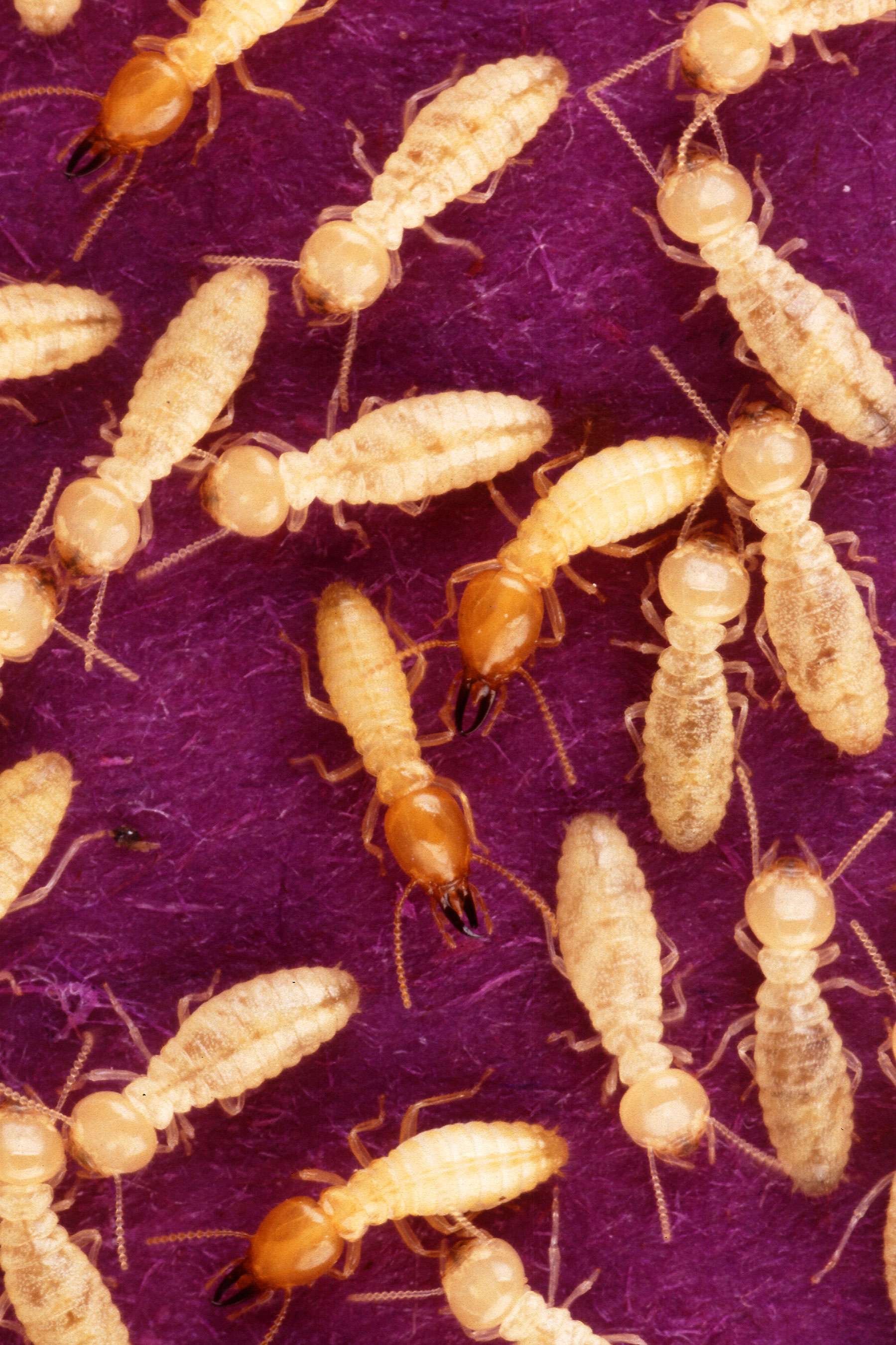Introduction
Flour beetles of various types are serious pests in grain product storage facilities, and those discussed here are worldwide in distribution. However, the traits that make them successful invaders also render them easy to culture in captivity.
The larvae, or grubs, of the beetles offer an easy way to add nutritional variety to the diets of tiny reptiles and amphibians, most of which must subsist on only a few food items in captivity. The adult beetles release an irritating gas when disturbed, but are none-the-less consumed by some reptiles and amphibians.
Obtaining Flour Beetles
I was first introduced to flour beetles some 20 years ago by Bob Holland, an amphibian expert who was setting longevity records with poison frogs long before most zoos kept any at all. In those days, we collected our founding stock by searching through old containers of dry dog food and cereal. Today, cultures of confused and red flour beetles are available from private breeders and biological supply houses.
Culturing Flour Beetles
Although most beetle breeders advise keeping the animals in a mix of flour and yeast, Bob’s method of rearing them in dog biscuits has worked very well for me. The problem with a flour mix is that the medium must be sifted through a fine net each time larvae are needed, which leaves one with unwanted beetles, pupae and shed skins.
Dog biscuits provide all the food, moisture and shelter needed by the beetles (be sure to crack open the biscuits to give the beetles easy access to the interior). When larvae are needed, I simply tap a biscuit over a Petri dish. The larvae can also be concentrated by tapping several biscuits over a separate container, into which only 1 biscuit has been placed. All the grubs will eventually gravitate to the 1 biscuit, allowing you to collect many in a short time.
Using Flour Beetles
The adult beetles live for approximately 1 year, with the period from egg to adult being 4-6 weeks, depending upon temperature. The larvae are 3/16th of an inch long when fully grown – an ideal size for poison frogs, harlequin frogs and newly morphed froglets of small species such as spring peepers. I have also fed them to red-backed and red salamanders, the larvae of various newts and to small granite night lizards.
An article concerning the natural history and pest status of flour beetles is posted at:
http://www.google.com/search?hl=en&as_q=confused+flour+beetle&as_epq=&as_oq=&as_eq=&num=10&lr=&as_filetype=&ft=i&as_sitesearch=&as_qdr=all&as_rights=&as_occt=any&cr=&as_nlo=&as_nhi=&safe=images
 That Reptile Blog – Reptile, Amphibian and Exotic Pet Care and Information
That Reptile Blog – Reptile, Amphibian and Exotic Pet Care and Information


 about to die, on the ground. Your medium and larger sized reptile, amphibian and invertebrate pets will consume them with gusto, and you can freeze the excess for future use. Cicadas occur on every continent except Antarctica, and pets both native and exotic – American bullfrogs, African mud turtles, red-kneed tarantulas – unfailingly attack them with gusto. You can also collect the nymphs as they emerge from the ground in early summer – this usually occurs at night, and often within as short period of time as 1-7 days.
about to die, on the ground. Your medium and larger sized reptile, amphibian and invertebrate pets will consume them with gusto, and you can freeze the excess for future use. Cicadas occur on every continent except Antarctica, and pets both native and exotic – American bullfrogs, African mud turtles, red-kneed tarantulas – unfailingly attack them with gusto. You can also collect the nymphs as they emerge from the ground in early summer – this usually occurs at night, and often within as short period of time as 1-7 days. g that meets the needs of aquatic plants, so water-tolerant land plants often fulfilled my needs.
g that meets the needs of aquatic plants, so water-tolerant land plants often fulfilled my needs. They thrive for years this way, and send out truly impressive root systems in short order. Fish, shrimp, crayfish and snails will spend hours foraging among these, and the roots also have a beneficial effect on water quality. Their intertwined tendrils provide vital shelter to young fishes and shrimp, and lend a stunning look to planted aquariums and terrariums.
They thrive for years this way, and send out truly impressive root systems in short order. Fish, shrimp, crayfish and snails will spend hours foraging among these, and the roots also have a beneficial effect on water quality. Their intertwined tendrils provide vital shelter to young fishes and shrimp, and lend a stunning look to planted aquariums and terrariums.
 Herp enthusiasts are, along with entomologists and exterminators, the only people who actively seek out termites – but we have good reason.
Herp enthusiasts are, along with entomologists and exterminators, the only people who actively seek out termites – but we have good reason.